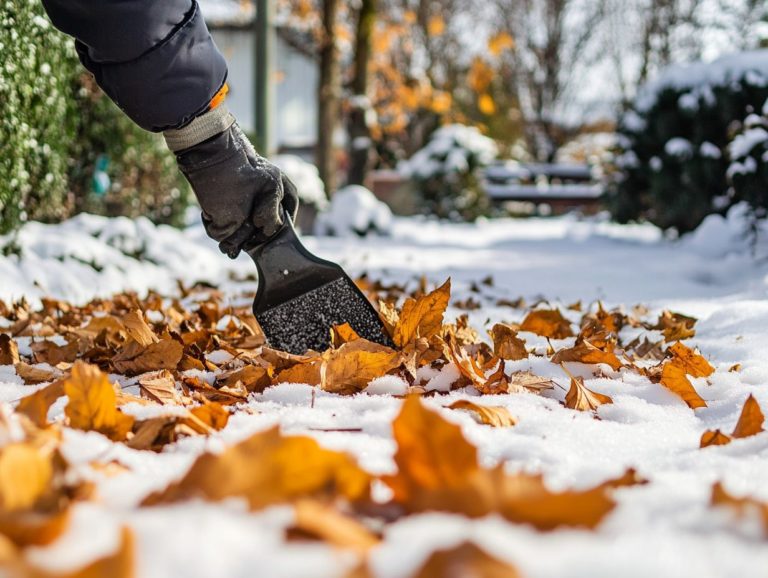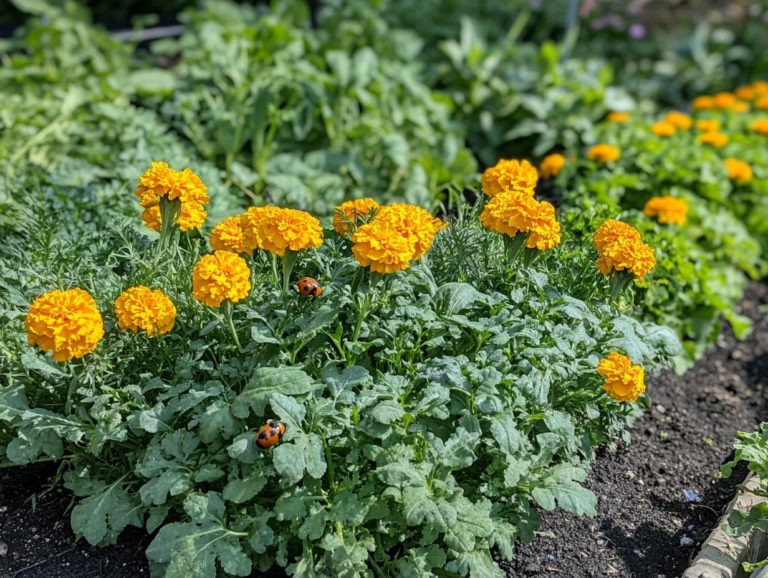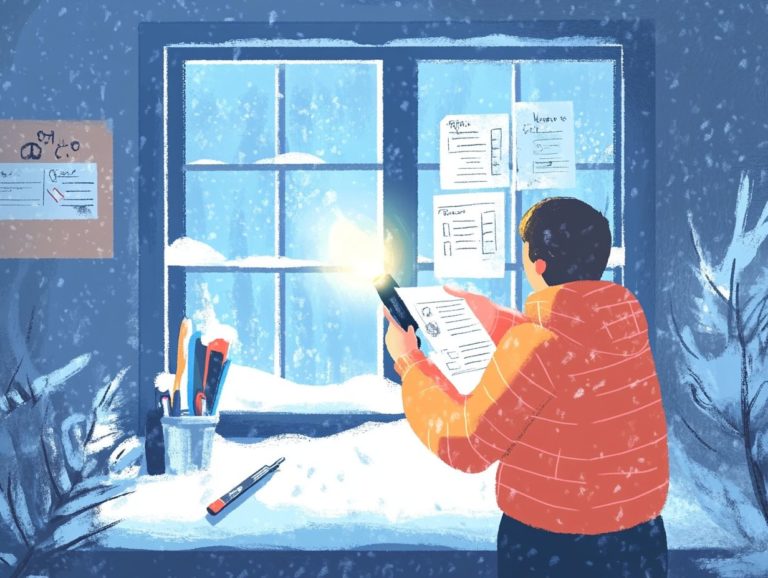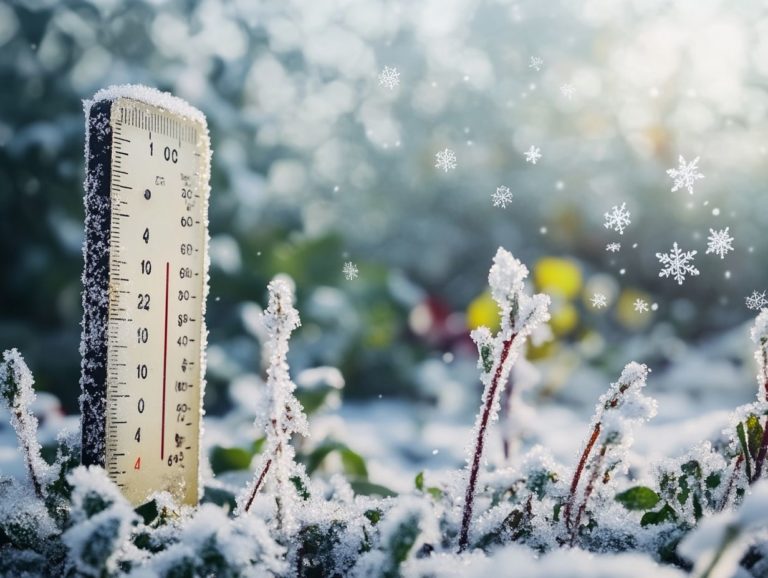Effective Pest Control in Cold Climates
In cold climates, you encounter unique challenges and strategies when it comes to pest control. While the harsh weather may deter some pests, others have a remarkable ability to thrive in frigid conditions.
This guide delves into how cold temperatures influence pest behavior and the effectiveness of various pest control methods. Learn to quickly identify common pests invading your home this winter and discover preventative measures to keep them at bay.
We offer best practices and alternative solutions for effective and safe pest management. Whether you re a homeowner or a property manager, understanding these factors will help you stay a step ahead of pest infestations this winter.
Contents
- Key Takeaways:
- The Impact of Cold Climates on Pest Control
- Common Pests in Cold Climates
- Preventative Measures for Pest Control
- Best Practices for Cold Climate Pest Control
- Alternative Pest Control Solutions
- Frequently Asked Questions
- What pests will you find in cold climates?
- Why is effective pest control important in cold climates?
- What are some effective methods for pest control in cold climates?
- What are the dangers of using pesticides for pest control in cold climates, especially concerning indoor air quality and potential health risks?
- How can I prevent pests from entering my home in a cold climate with effective management?
- When is the best time to use pest control measures in a cold climate, considering pest behavior?
Key Takeaways:
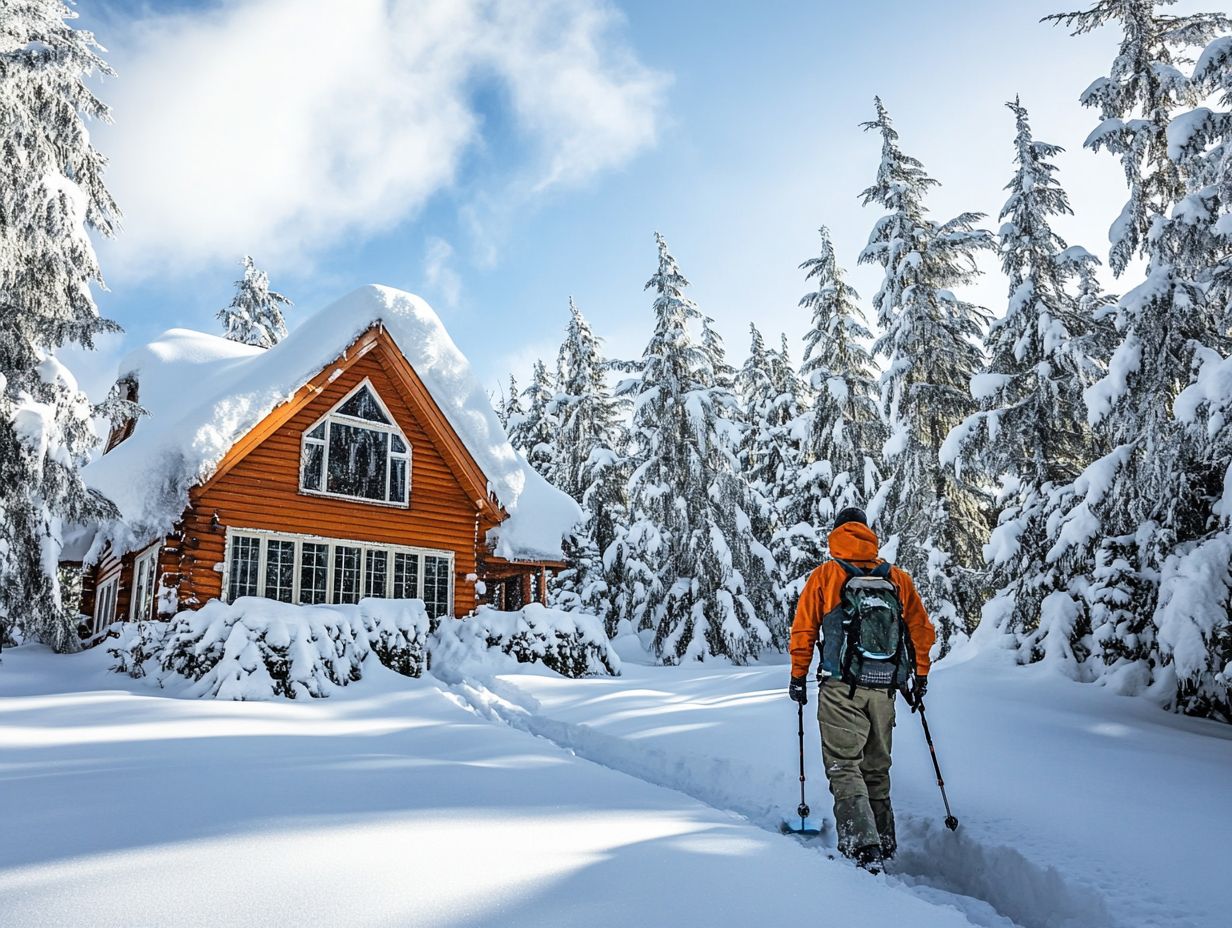
- Cold weather changes how pests behave. Understanding this is essential for effective control.
- Identify and understand common pests in cold climates to effectively prevent infestations. Strategies like sealing cracks and storing food properly can help.
- Using effective and safe methods is crucial. Consider natural and chemical-free options as alternatives.
The Impact of Cold Climates on Pest Control
The impact of cold climates on pest control is considerable, particularly in regions like Pennsylvania. This winter, distinct challenges arise for managing pests, making it essential to learn how to combat rodents in cold climates.
During this season, pests such as rodents and insects adapt to endure the frigid conditions. This often results in indoor infestations as they search for cozy spots to escape the cold.
Understanding pest behavior in cold weather is essential for developing effective pest control strategies and implementing proactive measures to prevent infestations in urban settings.
How Cold Temperatures Affect Pests and Pest Control Methods
Cold temperatures profoundly impact pest activity and the strategies you use for pest control. Many pests adapt their behaviors to survive the harsh winter conditions, making using diatomaceous earth for cold-climate pests an effective strategy that influences their breeding cycles.
As the temperature drops, these pests often seek shelter in warmer environments, including your home or other buildings. This leads to more frequent encounters in indoor spaces, increasing the likelihood of pest-related diseases, which are diseases that pests can spread.
Nesting behaviors shift as pests opt for tighter, more secluded spots to conserve heat. Their feeding patterns may change as they search for easily accessible food sources.
Breeding cycles may slow down, with many species becoming inactive or sleeping, but this doesn t mean the threat disappears entirely. Effective pest control during winter requires vigilance; monitor for signs of activity, such as droppings or gnaw marks.
Employing strategies like sealing entry points and using traps or baits can help you preemptively address potential infestations before they establish themselves in your living areas.
Common Pests in Cold Climates
In colder climates, you may notice that common pests like rodents, including mice and rats, as well as spiders, cockroaches, and even raccoons tend to seek refuge indoors.
This behavior can lead to a notable increase in pest infestations throughout the winter months.
Identifying and Understanding Pests in Cold Climates

Identifying and understanding pests in cold climates is crucial for implementing top cold-climate pest management strategies. It ensures your home remains safe during the winter months, especially regarding pest threats.
As a homeowner, it s important to familiarize yourself with the various types of pests that often seek refuge indoors when temperatures drop. Look out for common indicators like droppings, gnaw marks, and unusual noises echoing through your walls or ceilings. These are signs of active pest activity.
As the chill sets in, pests such as mice and roaches tend to change their behavior. They become more active in their search for warmth and food, impacting how pests behave. Keeping a vigilant eye on these telltale signs can help you catch infestations before they escalate.
Regularly inspecting areas like attics and basements, sealing any potential entry points, and maintaining a clean environment will significantly reduce the likelihood of these unwanted intruders making themselves at home for the winter. This supports effective pest monitoring.
Preventative Measures for Pest Control
Implementing effective preventative measures for pest control, such as moisture control and proper food storage, is essential during the winter months. By taking proactive steps, including pest monitoring, you can significantly reduce the risk of indoor infestations from pests such as rodents and insects.
Strategies for Keeping Pests at Bay
Effective strategies for keeping pests at bay during winter involve a blend of pest management techniques and targeted pest control products. Addressing potential waste sources around your home can help prevent attracting unwanted visitors.
By placing traps strategically in high-traffic areas, you can effectively monitor and reduce pest populations, utilizing insights from pest experts. Regular home inspections are essential; these thorough checks should focus on hidden spaces like attics and basements, where pests often seek refuge.
Maintaining a clean environment is key! Dispose of food waste promptly and practice proper chemical storage. Sealing entry points can significantly lower the chances of infestations. Using natural repellents or targeted insecticides enhances your pest control efforts, allowing you to adopt a comprehensive approach to winter pest management that emphasizes both safety and effectiveness.
Best Practices for Cold Climate Pest Control
Regarding cold climate pest control, best practices encompass a variety of strategies that can be effectively employed by both homeowners and pest management professionals. Staying informed about seasonal pest trends in cold climates and ensuring professional assessments are part of the plan is essential.
These tactics are crucial for mitigating pest threats and ensuring the safety of your home throughout the winter months. Are you ready to tackle those pesky winter pests?
Effective and Safe Methods for Controlling Pests in Cold Climates
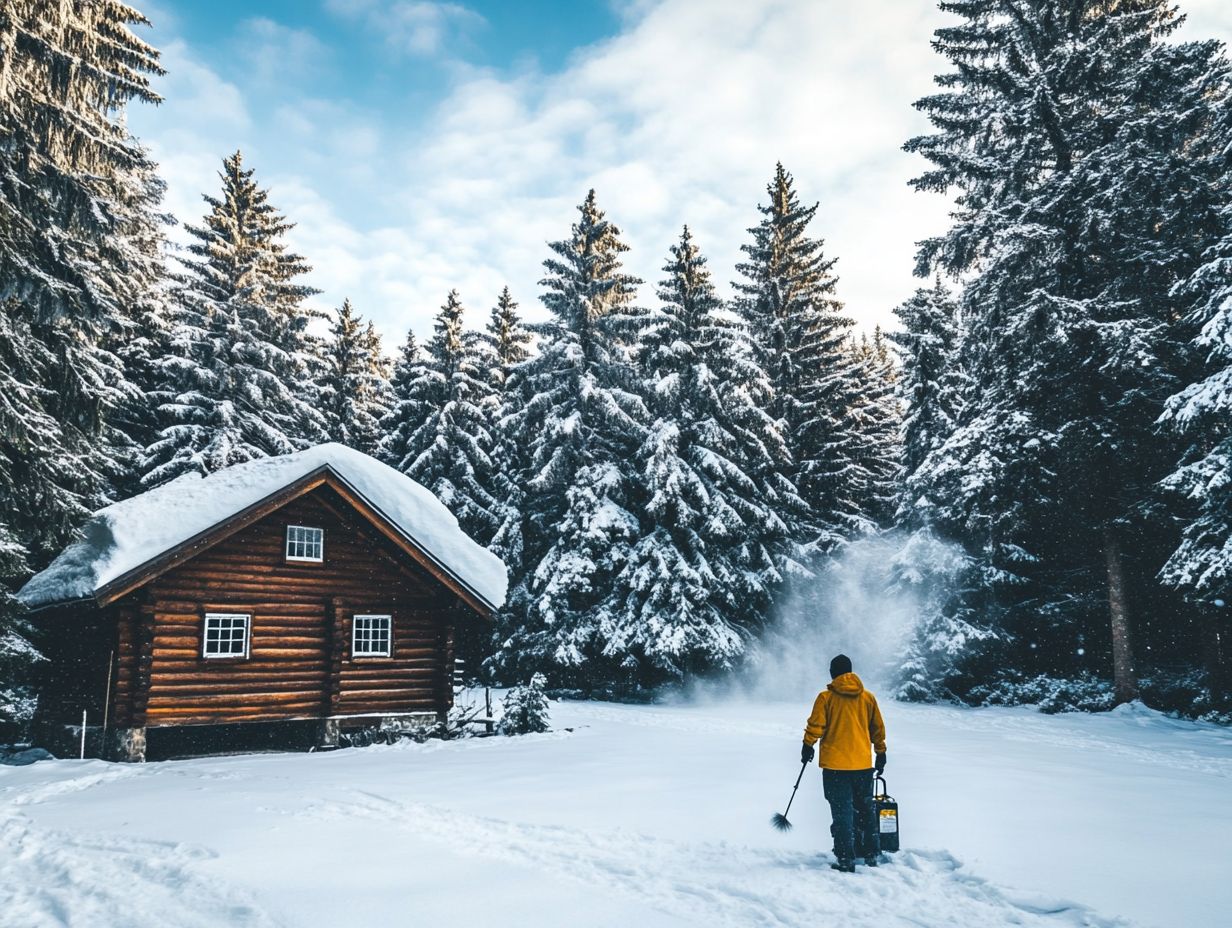
Employing effective and safe methods for pest control in cold climates is vital for maintaining a pest-free environment while safeguarding the well-being of residents and pets during winter. Exploring organic pest solutions for cold climates can be particularly beneficial.
Harsh conditions often drive pests indoors. Explore various pest management techniques that prioritize both effectiveness and safety. One notable method is a mix of different pest control methods. It combines biological control, habitat manipulation, and low-toxicity chemical treatments, along with safe storage of pest control products.
Practicing proper safe storage of pest control products protects against accidental exposures that might compromise indoor air quality. Rely on professional pest control services to bring expertise on interventions while minimizing potential health risks, particularly pest-related diseases.
Selecting strategies that maintain indoor air quality is essential for creating a healthy living space for you and your loved ones, keeping your home free from pests.
Alternative Pest Control Solutions
Explore alternative pest control solutions, including natural and chemical-free options. This enables you to find effective pest management strategies that resonate with your commitment to eco-friendly practices and contribute to pest-friendly environments.
Considering these alternatives helps maintain a harmonious living environment while addressing pest issues in a way that aligns with your values.
Natural and Chemical-Free Options for Pest Control
Natural and chemical-free options for pest control provide environmentally friendly methods to tackle pests while significantly reducing health risks associated with traditional products, promoting waste management.
These approaches include techniques like utilizing beneficial insects such as ladybugs and predatory wasps to manage larger pest populations effectively. You can also introduce barriers or traps to keep pesky rodents at bay, while natural repellents made from essential oils work wonders in deterring insects.
Implementing these solutions addresses immediate pest concerns and contributes to a healthier ecosystem by minimizing harmful chemical exposure, enhancing your home safety. Choosing these practices helps create a pest-free environment that aligns with sustainable living principles while prioritizing professional assessments of your pest management efforts.
Frequently Asked Questions
What pests will you find in cold climates?

Common pests found in cold climates include rodents like mice and rats, as well as insects such as cockroaches, bed bugs, and ants. Understanding pest life cycles in cold weather is crucial as these are significant concerns during winter.
Why is effective pest control important in cold climates?
Effective pest control is important because pests can seek refuge indoors to escape the cold, leading to infestations and potential health risks for humans. Learning how to protect plants from cold-climate pests can be a crucial part of maintaining a safe environment.
What are some effective methods for pest control in cold climates?
Some effective methods include sealing off entry points, using pest traps and baits, and maintaining a clean and clutter-free environment to deter pest activity.
What are the dangers of using pesticides for pest control in cold climates, especially concerning indoor air quality and potential health risks?
The dangers of using pesticides include potential harm to humans and pets, as well as negative impacts on the environment and non-target species.
Act now to protect your home from pests this winter!
How can I prevent pests from entering my home in a cold climate with effective management?
To keep pests out of your home during the cold months, seal any cracks or openings in your walls and foundation.
Keep your living space clean and free of food scraps to reduce attractants.
When is the best time to use pest control measures in a cold climate, considering pest behavior?
The ideal time to use pest control methods is before winter starts.
Pests will be looking for warmth indoors, so act now! Regular pest management is essential all year round to keep your home safe.

